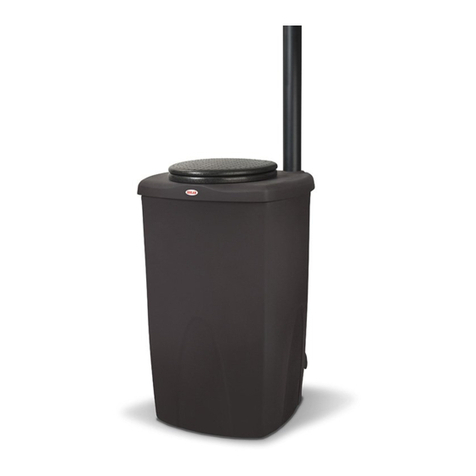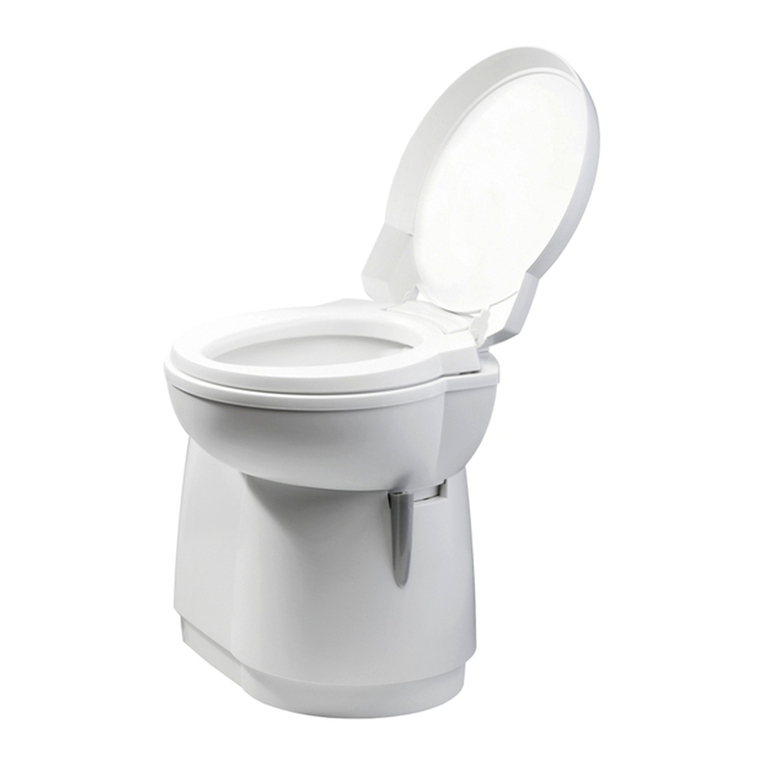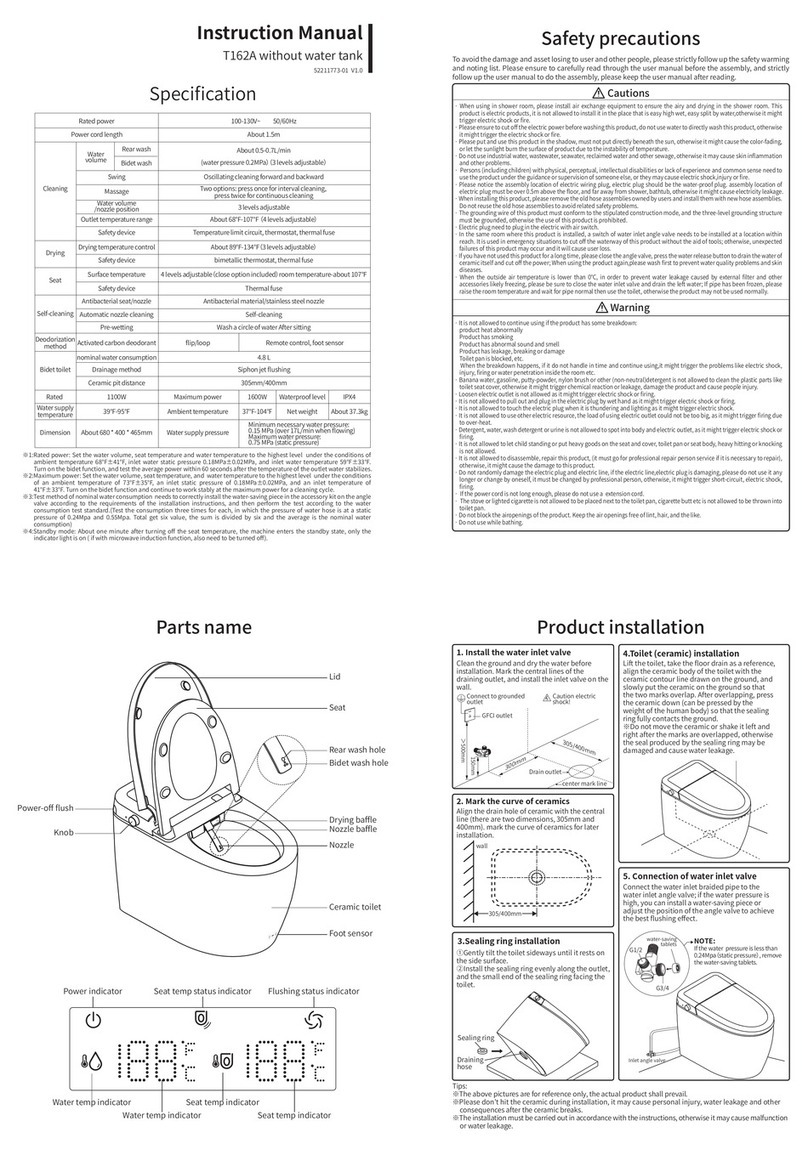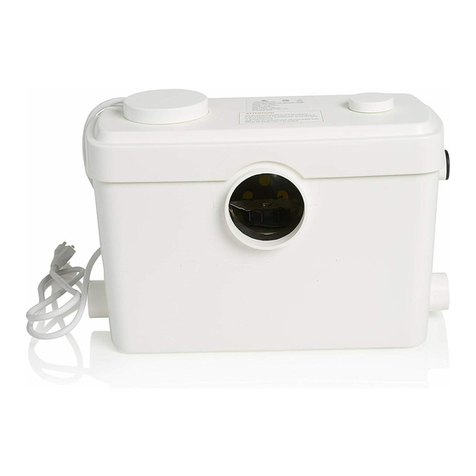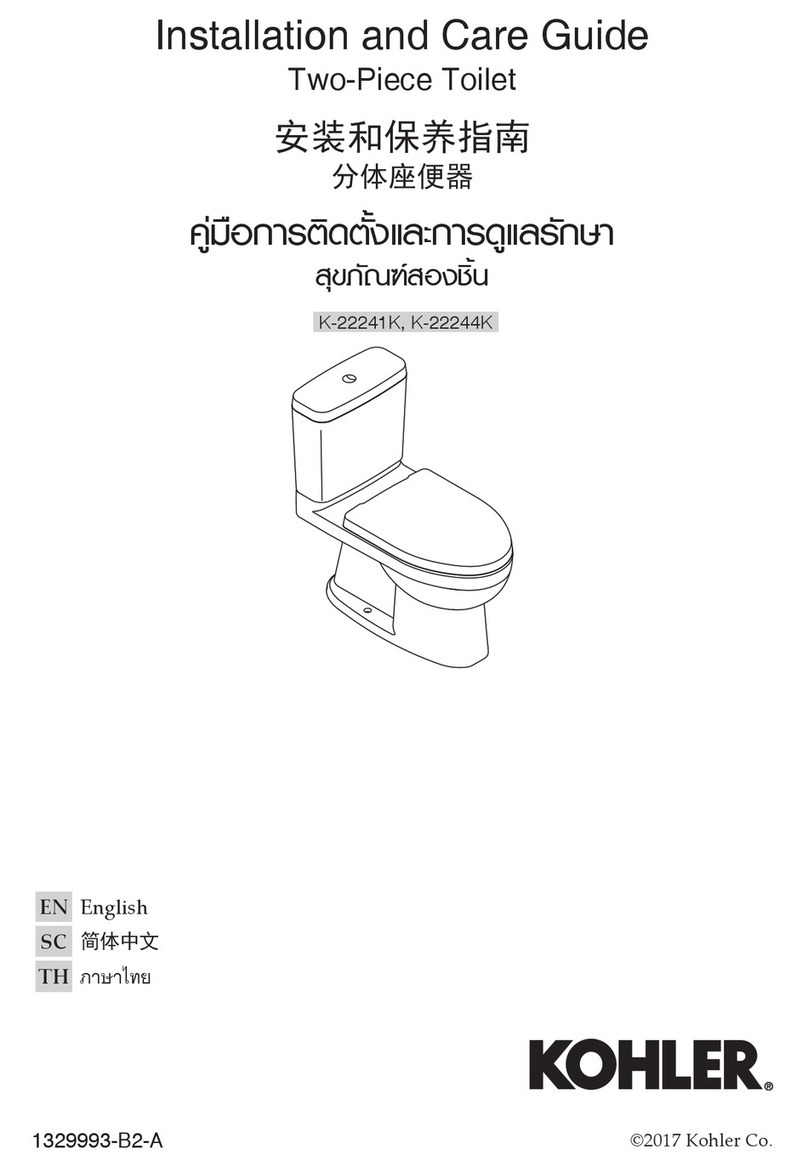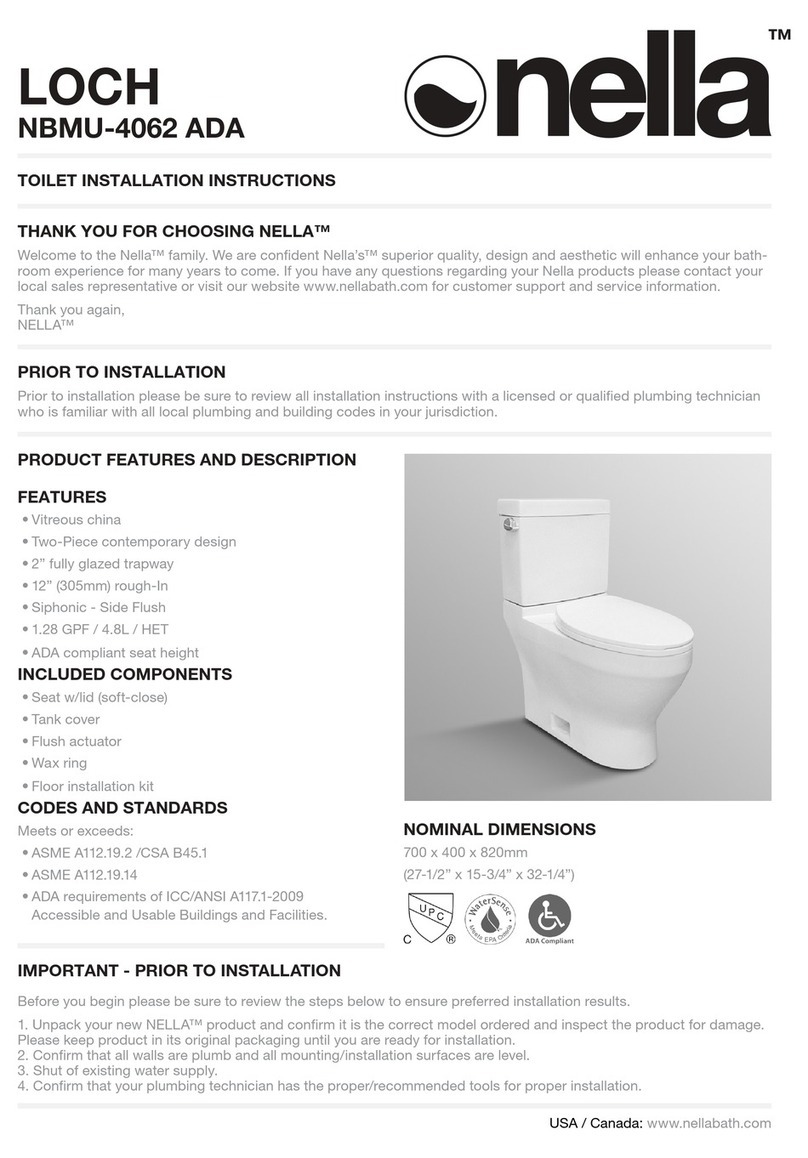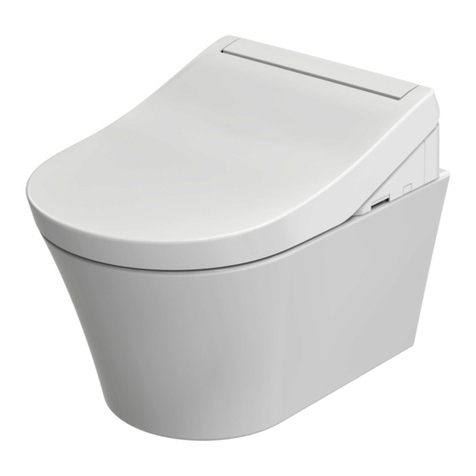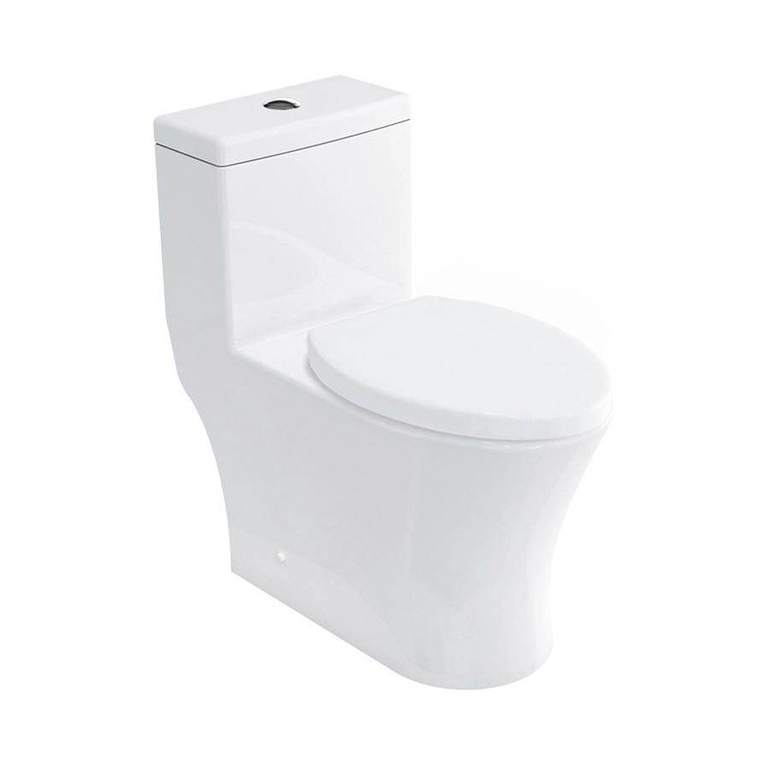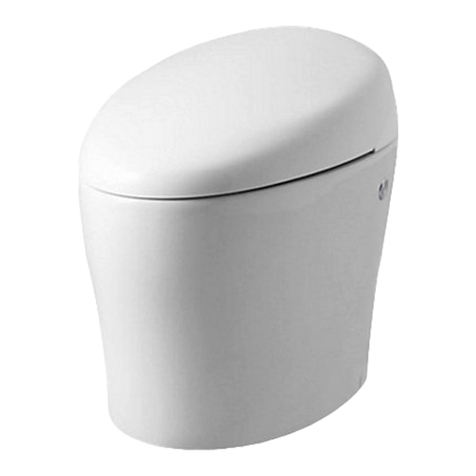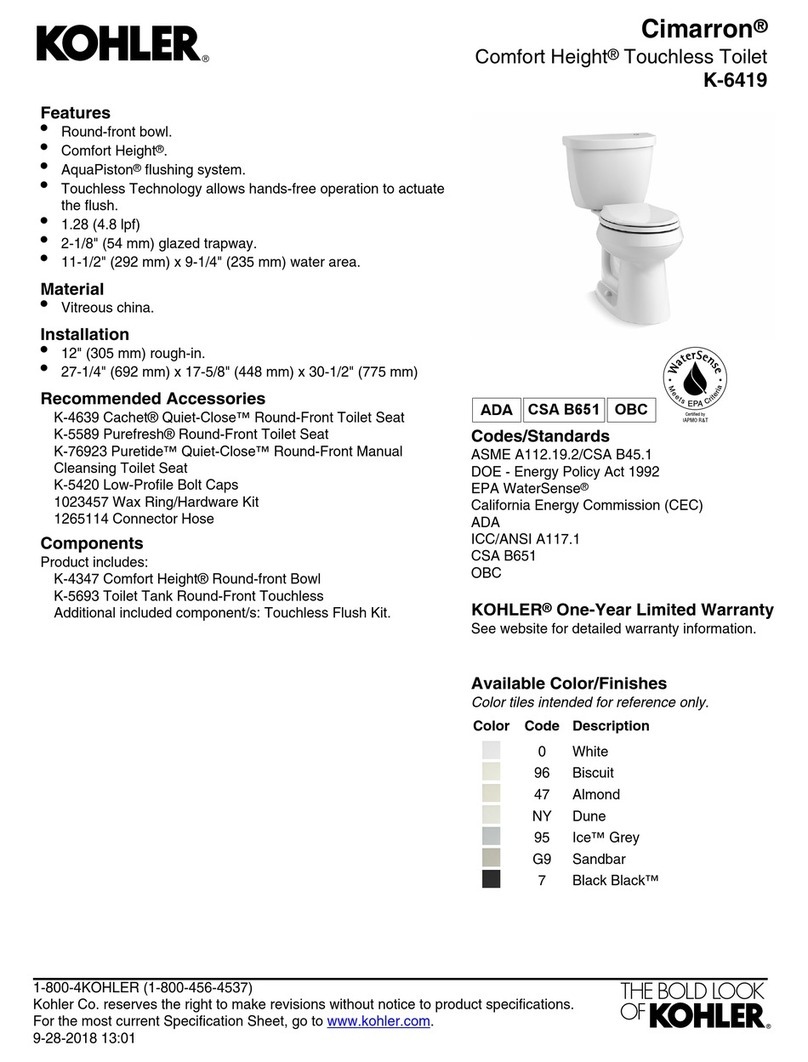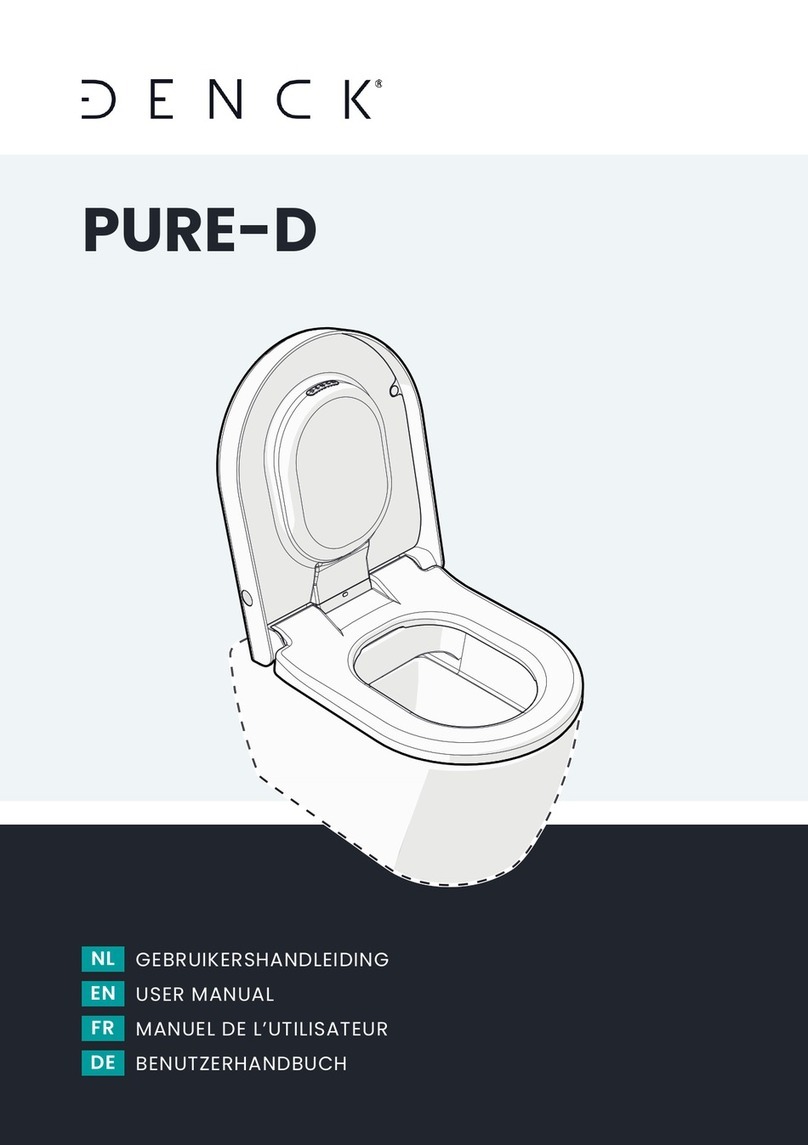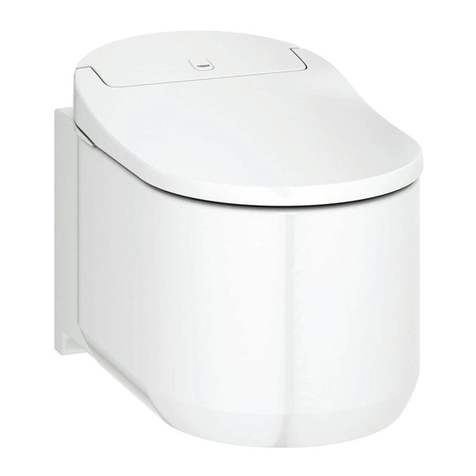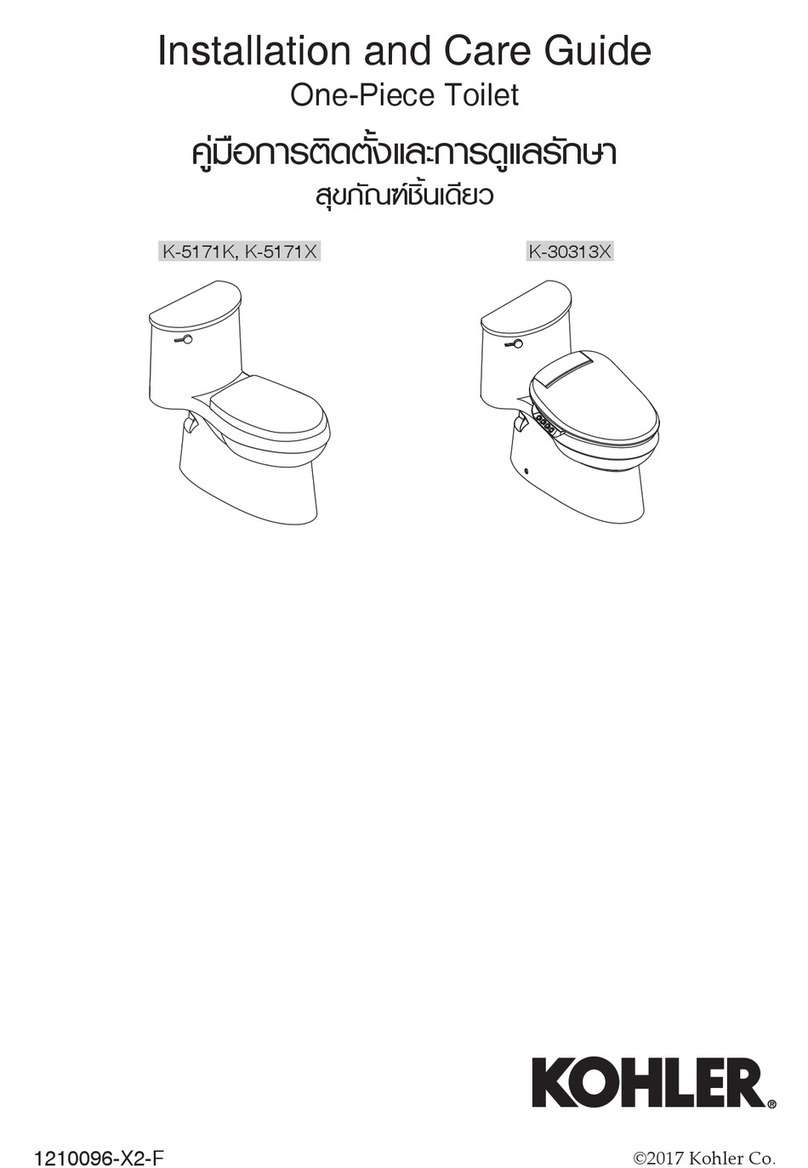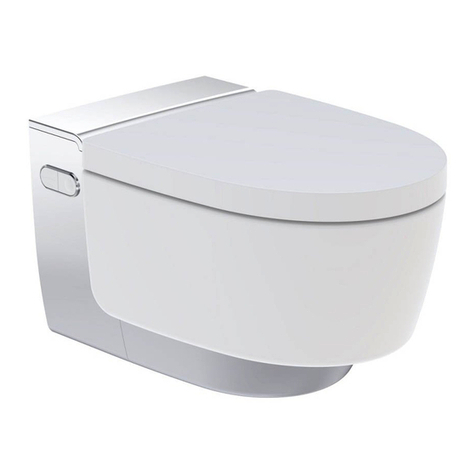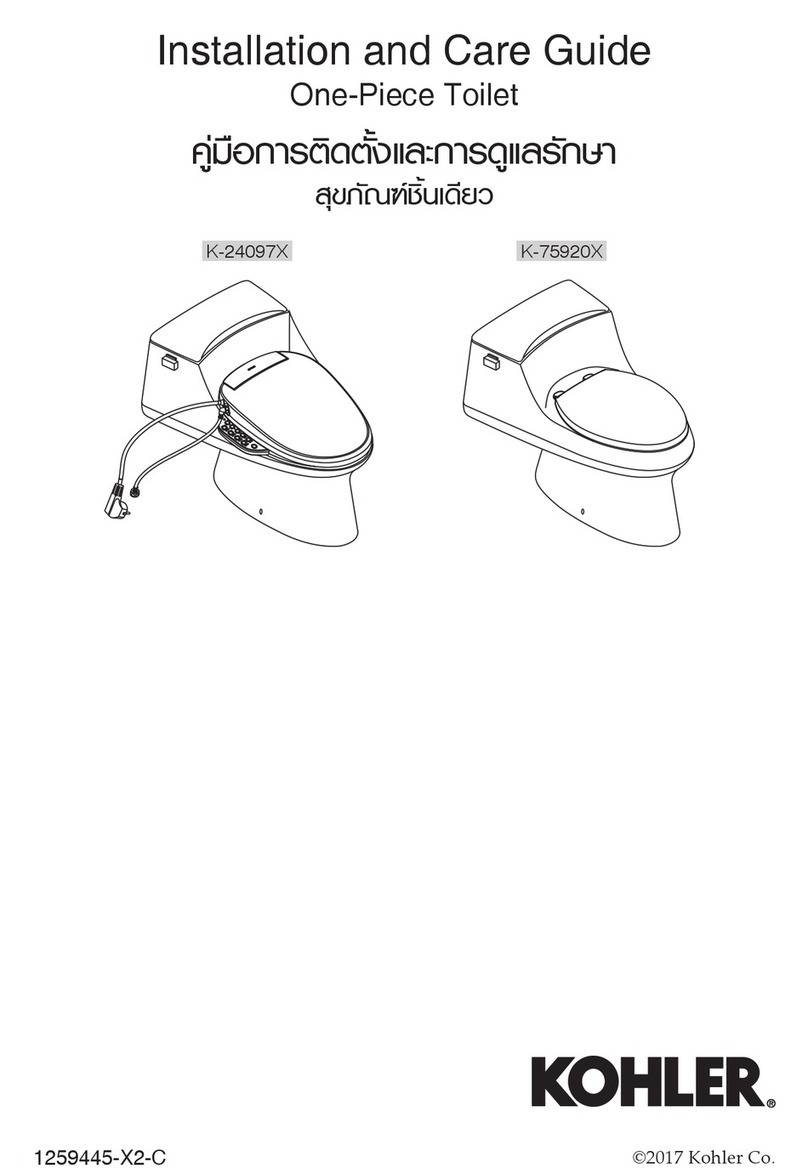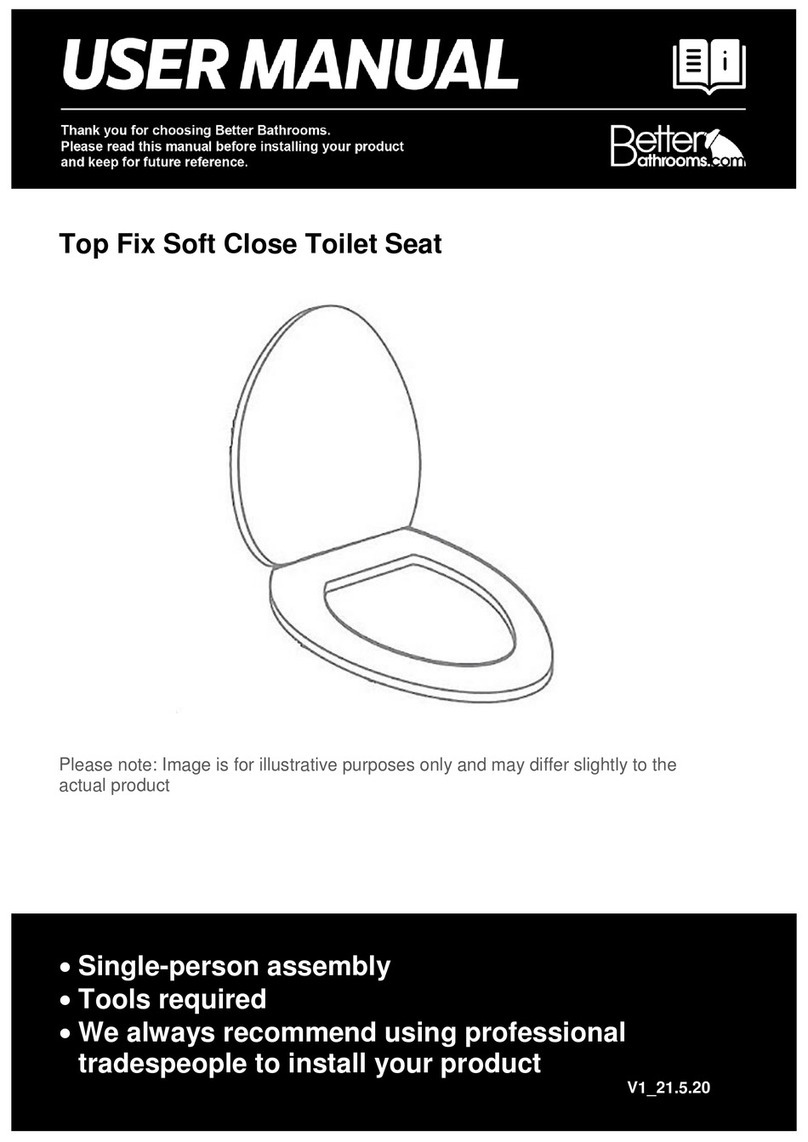
f) The product is not a toy. Cleaning and maintenance must not be performed by
children without adult supervision.
g) Do not tamper with the device to alter its performance or design.
h) Keep the unit away from sources of fire and heat.
i) The product is intended for on-ship use only.
j) Do not use sealant on any seals or hose connections. Do not use oils, greases
or synthetic lubricants. Do not over tighten the hose clamps. These actions may
crack or break the plastic parts of the toilet.
k) The use of anti-freeze agents is not recommended as they can penetrate and
damage the entire system. If there is a need to use an anti-freeze, use a glycol-
based agent.
l) If the user leaves the toilet disassembled and the bottom valves are opened
while the vessel is floating, water will overflow in and may cause sinking.
m) If the toilet is connected to any throughfittings and there is a slight leak in the
toilet or in the piping, repair the malfunction immediately. Failure to remove
the malfunction may result in sinking.
n) If the toilet is located less than 20 cm (8 inches) above the waterline when the
vessel is at rest, or if there is a possibility that the edge of the bowl may be
below the waterline, install a ventilated anti-siphon loop in each piping
connected to the hull throughfittings, whether it is an inlet or outlet.
o) Close both bottom valves after each use of the toilet.
p) Whenever the vessel is left unattended, even for a very short time, both
bottom valves (even if secondary valves are installed) must be closed.
q) Only toilet paper should be put into the toilet. Do not throw in, for example:
wet hygienic tissues, cigarettes, matches, chewing gum or other solid objects,
gasoline, diesel fuel, crude oil, solvents of any kind or hot water!
CAUTION! Although the product has been designed to be safe and has
adequate safeguards and despite the additional safety features provided to the
user, there is still a slight risk of accident or injury when handling the product.
Caution and common sense are advised when using the product.
3. Instructions for use
The portable toilet is intended for mobile use, e.g. on a boat or yacht.
The user is responsible for any damage resulting from misuse.

